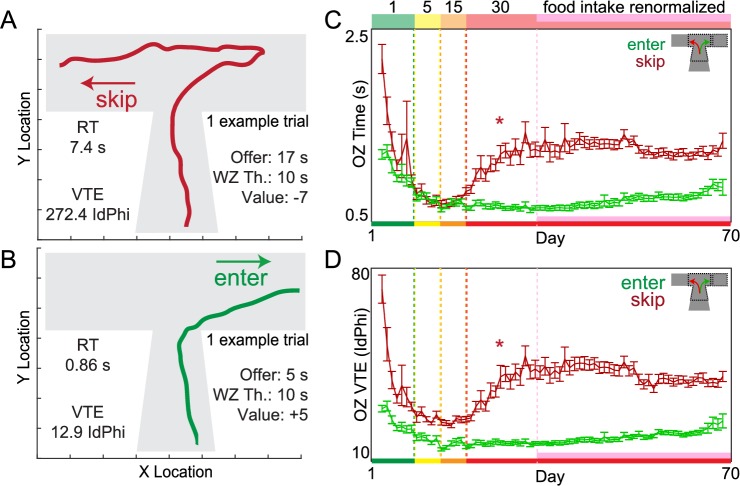Fig 5. Development of deliberative behaviors during principal OZ valuations.
(A-B) Example x and y locations of a mouse’s path trajectory in the OZ (wait zone not depicted) over time during a single trial (from day 70). (A) Skip decision for a high-delay offer. The mouse initially oriented toward entering (right) but then ultimately reoriented to skip (left). WZ Th. minus offer captures the relative subjective “value” of the offer. Negative value denotes an economically unfavorable offer. (B) Enter decision for positively valued offer; rapid without reorientations. This OZ trajectory pattern is indistinguishable from enter-then-quit decisions for negatively valued offers. (C) Average OZ RT split by enter versus skip decisions across days of training. (D) Average OZ VTE behavior split by enter versus skip decisions across days of training. Data are presented as the cohort’s (N = 31) daily means (±1 SE) across the entire experiment. Color code on the x-axis in (C-D) reflects the stages of training (offer cost ranges denoted from 1 to the number on the top of panel C). Vertical dashed lines (except pink) represent block transitions. * indicates gradual significant changes within the 1–30 s block during the early 2 wk adaptation period. Data available as a supplemental file. OZ, offer zone; RT, reaction time; VTE, vicarious trial and error; WZ Th., wait zone threshold.

